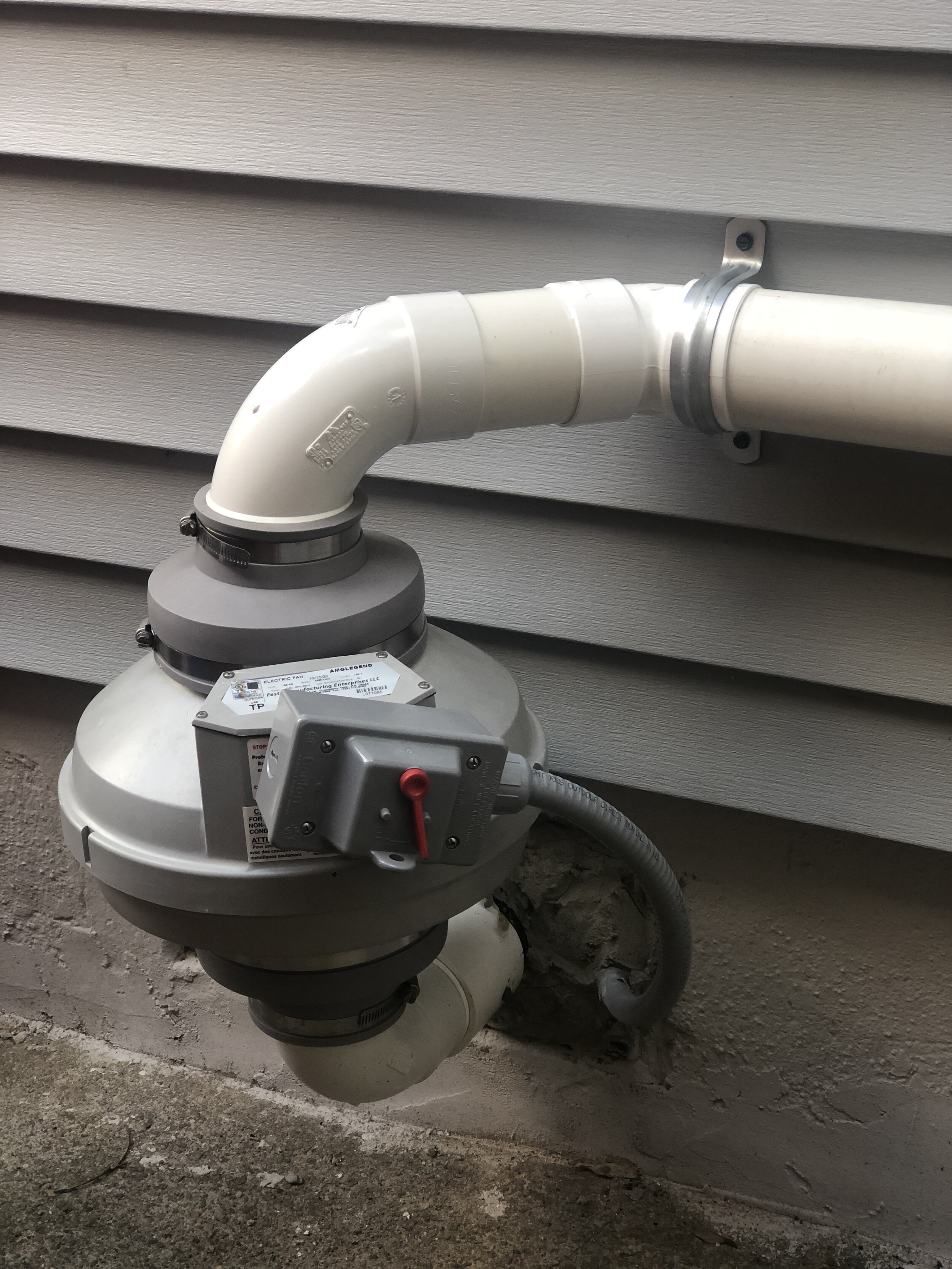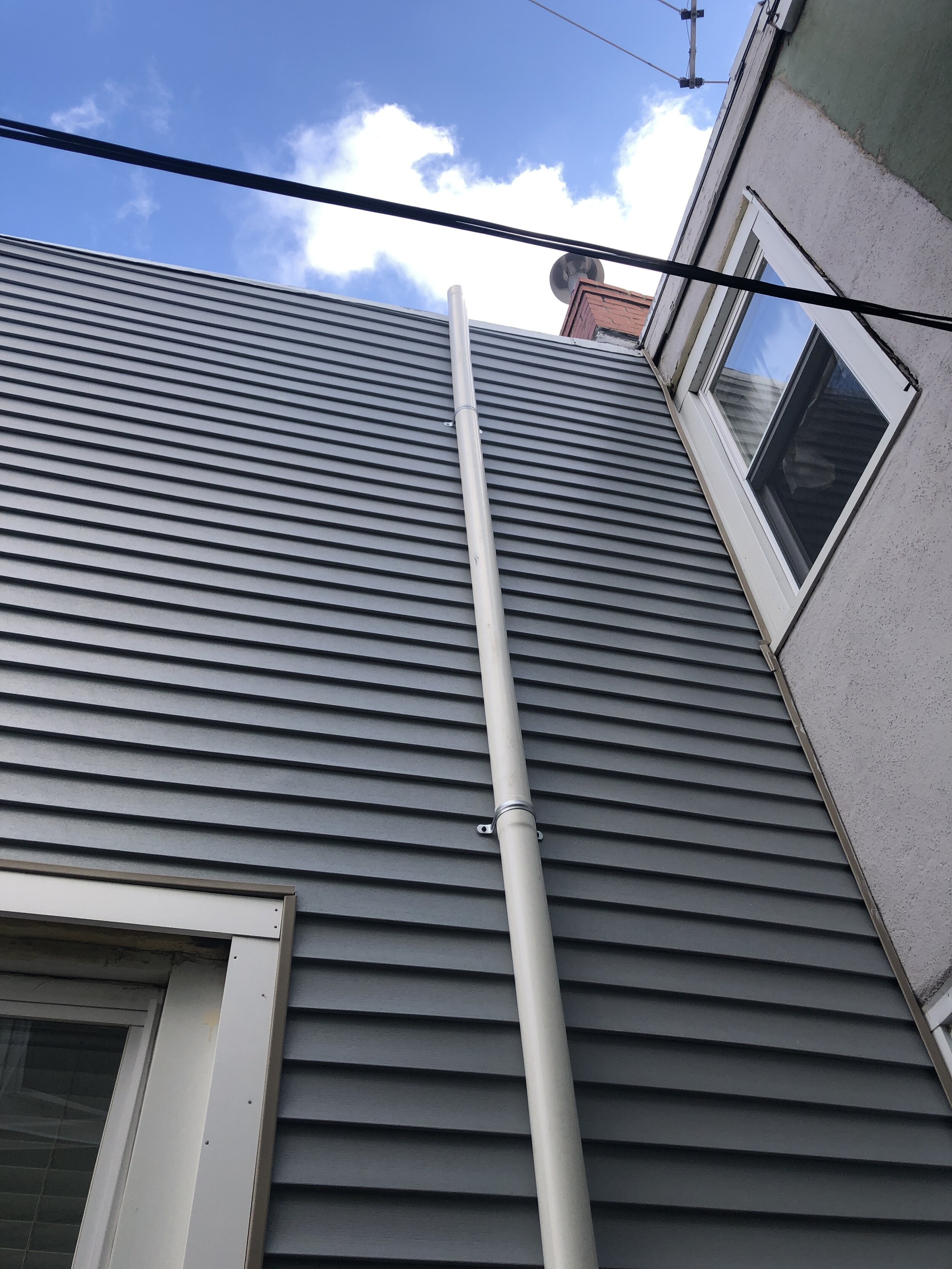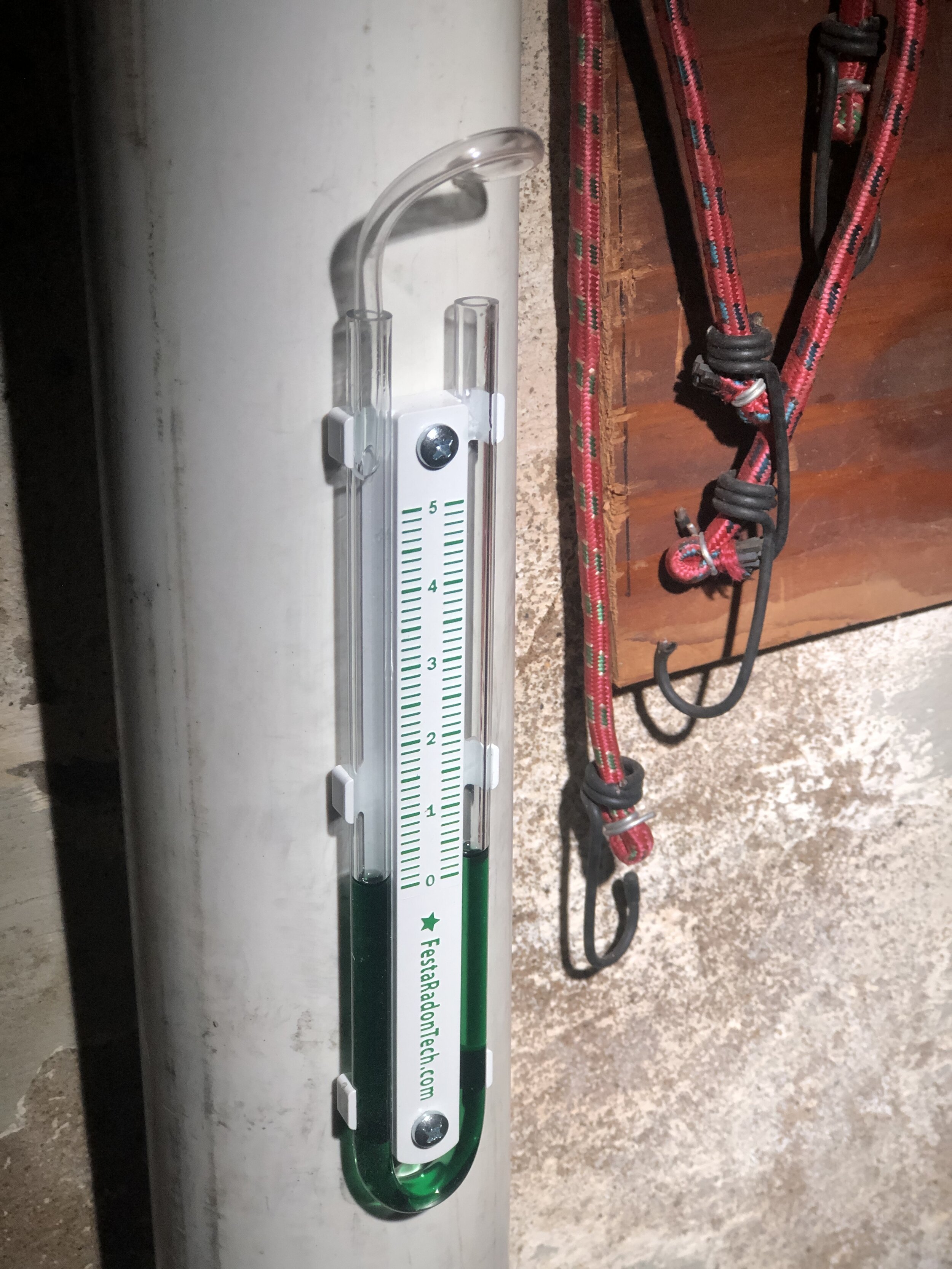Written by: Philly Home Girl Bonnie Wisnowski
Ok, I’ll admit it - I knew nothing about radon before we owned our own home. As part of the home inspection process in Philadelphia, our agent, Jeanne Whipple advised us to have a test that measures the radon levels in the home. Our test came back well under the limits outlined safe by the EPA. One and done. I would have followed the trend of never testing again had I not heard about my neighbor’s recent radon test coming back higher than expected.
Off I went, learning all about radon and why, due to Pennsylvania having one of the most serious radon problems in the US, it’s really important to pay attention to that test number. Here is our story that, (spoiler alert,) has a happy ending.
What is Radon? And how is it in my house?!
You can probably guess from the name that Radon is radioactive. It’s an invisible, tasteless and odorless gas and has one more powerful secret… it’s a leading cause of lung cancer, second only to smoking. Scientists estimate that about 20,000 lung cancer deaths per year are related to radon.
Radon gas is produced when uranium, thorium, and radium break down in soil, rock, and water. It can make its way into your home through cracks in the foundation, holes around pipes, and in many old homes, from dirt floor cellars and crawl spaces. It can also be found in well water in areas where water flows through granite or granitic sand and gravel formations.
Before you start getting out the magnifying glass and identifying every crack in your basement walls, know it’s not unusual for homes to have low levels of radon. The test we had when we bought our home 3 years ago showed our radon levels were safe at 1.5 pCi/L (picocuries per liter). The EPA recommends concentrations of radon in the home being no more than 4 pCi/L.
Why the new test then?
When our neighbor’s house was under contract, the buyers had a radon test. It came back at 7 pCi/L, which was higher than expected. Although our row homes share a basement wall, it did not mean we had the same high levels in our home. However, I tend to err on the side of caution so I figured making a radon appointment with one of our PHG partners, D-Tech Environmental Testing, wouldn’t hurt. I was really glad we did.
Before our appointment, I was instructed to keep all windows and doors closed for 12 hours. (This is one reason why testing is recommended in the cooler months of fall and winter). Mike, from D-Tech, came out to our home and placed radon testing canisters in our basement and our first floor. He explained that although radon tends to be most present in basements, they test the first floor as well to get an understanding of the difference between the two levels of the home.
We were told not to disturb the canisters and continue to keep the windows closed. We could come and go as normal, but to shut the doors quickly behind us. Fans and dehumidifiers in the basement were turned off. If you’re lucky enough to have a fireplace, you need to refrain from using it while the test is being conducted. The test period is only about 2-3 days. Mike came back, picked up the canisters, and let us know he’d be in touch with the results that afternoon.
And the results are…
When Mike gave us a ring, I could tell even he was surprised. Our test came back with a radon level of 6.6 pCi/L in the basement and 3.4 pCi/L on the first floor. Mike assured me that although it was a higher level in the basement than recommended, and needed to be responsibly managed, he’d seen much higher radon levels (up to the 70s plus.) If you’re curious about what the average levels are for your zip code, you can find it here. Note that even if the average is low in your zip code, it’s worth doing a test for peace of mind.
How to test
You have a couple of choices on where to get your radon test. Personally, I always go with a local, PHG-recommended company as they know the specifics of our region and will answer each and every question on my tremendously long list. They also produce results in 3 days. It ran us about $150. You could also pick up a less expensive test at your local hardware store, leave out the canisters, and mail them back and receive results in a few weeks.
Get it outta here!
As our levels were higher than defined safe by the EPA, we needed to mitigate the radon from our home. That is a fancy way of saying “get it fixed”. We dove back into our trusty Philly Home Girls Rolodex for a radon remediation specialist and called up George Curry from GEO Environmental. His team came out, crawled in spaces of our basement that made me wince, and drew up a plan.
There are a couple of different approaches to mitigating radon, depending on what type of foundation you have (dirt or concrete) and if there is a crawl space, and what material it’s made up of. This is not a recommended DIY project. Radon mitigation contractors have the specific technical knowledge and special skills. Without the proper equipment or technical knowledge, you could actually increase your radon level or create other potential hazards and additional costs.
The experts at GEO Environmental ran a PVC pipe from our concrete crawl space to the outside of the house that runs the entire height of the exterior wall. With a simple fan system, it acts as a vacuum and will suck the radon up and outside. Once radon hits the fresh air it dissipates, and so it can not reach high concentration levels.
Because we have an additional crawl space under our kitchen, they sealed it up with insulation and inserted a pipe that connects to the main mitigation system to allow any radon to be passively pulled out from that area.
I see you invisible gas
There are a few things you can do as a responsible homeowner to keep your radon levels in check. You can mark your calendar for a radon test in January, which happens to be the National Radon Action Month. Repeat that reminder for 2024 while you’re at it. The Radon Division of Pennsylvania recommends testing about every 2-3 years.
You can also purchase a radon level reader and keep it in your basement to peek at every so often and be certain your levels are on track. If your levels are higher than 4pCi/L, don’t panic, just give Mike and George a ring. We are here to help connect you to our network of everyone you need to know once you own your home. Don’t hesitate to reach out to us anytime.
















What do you do when you’ve inherited a house? How do you sell a home from a loved one’s estate? What will happen with your home after you pass away? These are common questions we get in this industry. To help answer them, we sat down with Steven Zelinger, an attorney that specializes in estate planning and probate.